The survival rate for sufferers of certain types of childhood leukaemia is nowhere near as positive as most. A research collaboration is aiming to change that statistic with a new therapy already in adult clinical trial.
Exceptional research over the last few decades has resulted in incredible advances in improved survival for children with leukaemia, with survival rates rising from 30 per cent to almost 90 per cent over this period.
However, for certain leukaemia types there has been less progress. It is these more difficult and deadly sub-types of leukaemia that are being targeted by researchers at Children’s Cancer Institute.
Read more: A New Therapeutic Strategy For High-Risk Leukaemia In Children
Dr Michelle Henderson is a senior scientist at Sydney’s Children’s Cancer Institute and joint manager of the Molecular Diagnostics Group, which monitors therapy in children going through leukaemia treatment by using sensitive and accurate DNA-based tests. Along with colleagues and collaborators, Michelle is excited about the potential of her work.
 Dr Michelle Henderson is working to discover kinder, more effective treatments for the worst cases of childhood leukaemia
Dr Michelle Henderson is working to discover kinder, more effective treatments for the worst cases of childhood leukaemia
“There is an urgent need for treatments suitable for kids with the worst cases of leukaemia,” she explains.
“We have currently reached a ceiling where the chemotherapy options that work for most kids cannot be successfully used to cure the particularly aggressive cases.”
“Using more intensive versions of current therapy has led to little increase in efficacy, while side effects often greatly offset any treatment benefits. So there has been a lot of research over the years looking at what's known as targeted therapy, or more selective therapies, towards the leukaemia itself rather than the normal cells of the body,” says Michelle.
Chemotherapy targets rapidly dividing cells, but it also damages many normal and healthy cells in a child’s body.
Michelle’s team and their collaborators have instead been working on finding a solution that more selectively targets blood cancers. After many years of laboratory research, she senses they are onto something.
A different approach
“One of the approaches taken by our collaborators in Buffalo, New York, was to screen tens of thousands of potential drug molecules to search for any that specifically kill blood cancer cells over cells derived from other types of cancers. This strategy yielded a drug called OT-82.”
OT-82 works by inhibiting a chemical reaction inside cells that produces a substance called NAD (nicotinamide adenine dinucleotide). NAD gives cells energy and helps them repair themselves. Because cancer cells need lots of energy and are constantly repairing themselves, depriving them of NAD kills them, while sparing the healthy blood cells.
“In animal models there is what we call a ‘therapeutic window’ between what the OT-82 drug does to cancer cells and what it does to normal cells. As soon as OT-82 treatment stops, the normal cells recuperate within just a few days, and they’re back in the blood system doing their normal job,” Michelle says. “We won’t know if this is the case in humans until the trial has gone further.”
“OT-82 is now in clinical trial, which is very exciting. But it’s not yet in a clinical trial for kids. That’s why this grant from The Kids’ Cancer Project is timely, because the next step is for us to plan a trial in children. Before we begin such a clinical trial, there are a number of experiments we need to do to get ready for it, and hence the need for continued research funding.”
Michelle and her colleagues are investigating which sub-types of leukaemia are most likely to respond to such treatment, and to discover the genetic markers in the cancers of individual children that indicate they’d be good subjects for the trial.
In the end, Michelle says, the research might result in a more effective therapy for children suffering the worst types of leukaemia, and a gentler option when used in conjunction with chemotherapy. It could also offer the possibility of genetic screening to identify, ahead of time, those children most likely to fail in their treatment, so that more effective alternatives could be explored.
It’s an exciting development for the near-future of medicine, but it all relies on long-term funding.
Funding fuels research
Michelle is constantly aware that she is working in a highly competitive research environment in Australia, with so many projects worthy of funding but only limited resources. That reliance on funding is felt keenly in the world of childhood cancer research.
“A promise of continued funding, in particular, is a massive relief,” Michelle says. “You might sometimes receive funding for one to three years, but you always know there is only so much you can do in that time. Researchers can also spend a lot of their time searching for funding instead of doing the vital research itself. Continued funding also means you can not only build on previous research discoveries but also tackle more ambitious projects that could enable bigger breakthroughs.”
“But possibly even more important than all of that is your research team and being able to attract and retain dedicated, high-calibre researchers who know they will be able to focus on the research rather than worry about funding. For many reasons, ongoing funding is vital to great research."
Looking for ways to get involved?
